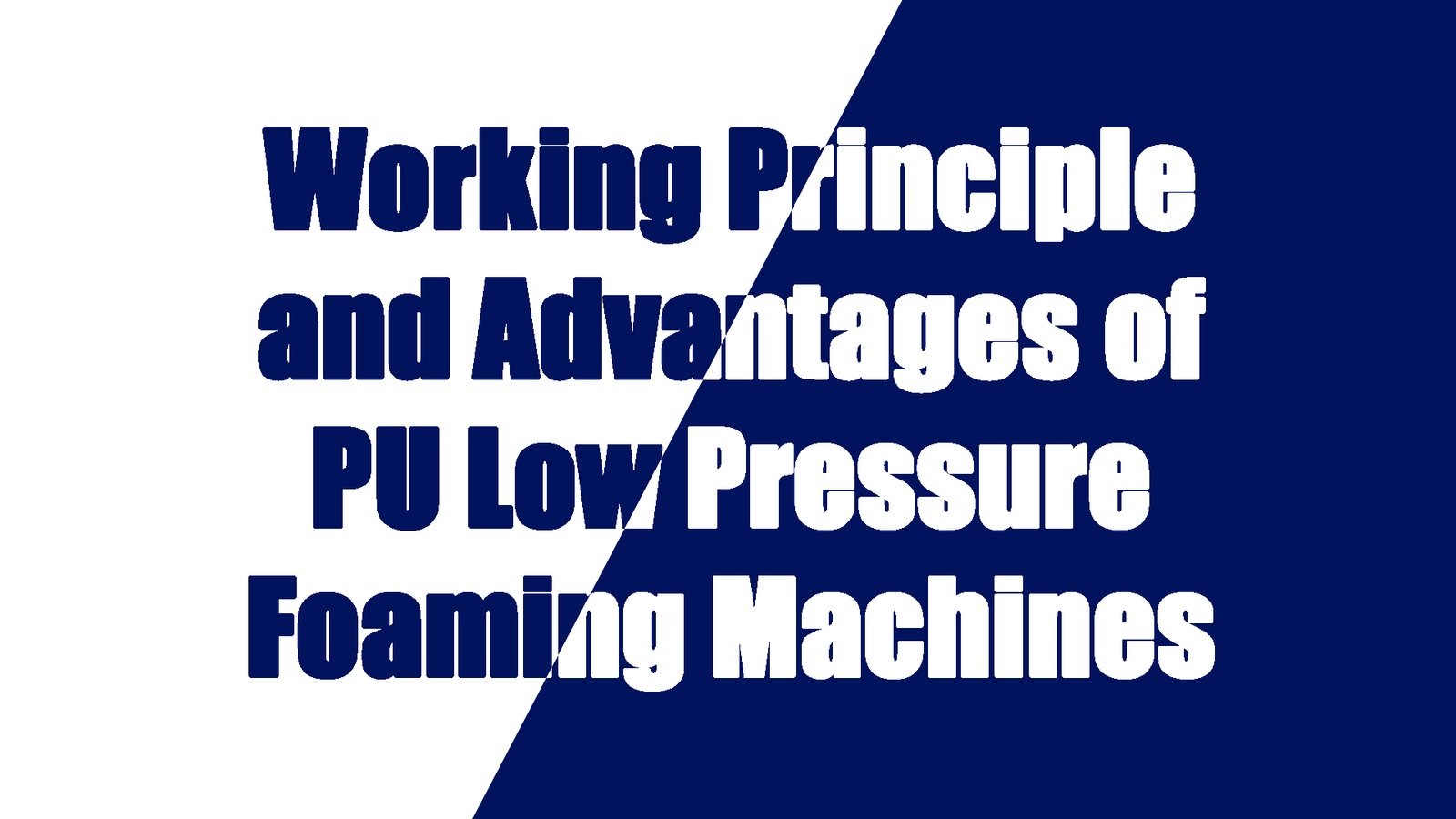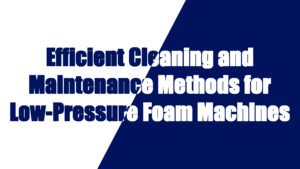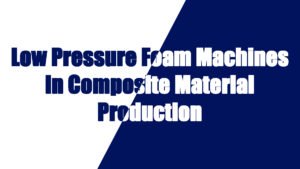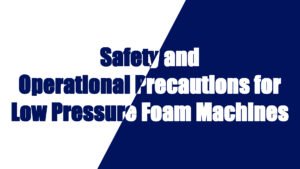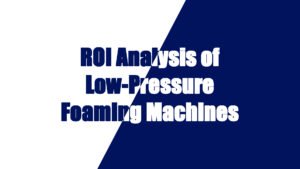Low pressure foaming machines are widely used in the production of polyurethane foam across various industries, especially in applications requiring small-scale or flexible production. These machines generate uniform foam by utilizing a low-pressure system and an efficient mixing system. Below is a detailed explanation of the working principle and advantages of low pressure foaming machines.
Working Principle of Low Pressure Foaming Machines
UN PU low pressure foam machine primarily consists of a metering system, mixing system, spraying system, and curing system. The operation relies on the low-pressure environment to accurately mix and inject the raw materials, resulting in high-quality foam.
Raw Material Metering and Mixing:
- Metering System:The low pressure foaming machine is equipped with a high-precision metering system to ensure accurate proportions of the A-component (typically polyol) and B-component (typically isocyanate). Metering pumps are used to inject the correct amount of each component, ensuring optimal chemical reaction for foam production.
- Mixing System:The mixing system is the core of the machine, responsible for blending the A and B components in the mixing head. The low-pressure design ensures that the two components mix thoroughly without generating excessive bubbles. The high-speed rotation of the mixing head allows for fast and uniform mixing, preventing issues like stratification or uneven bubbling.
Spraying System:
- The spraying system is responsible for injecting the mixed raw materials into molds or onto target surfaces. The low-pressure spray ensures that the foam produced is finer and less likely to have bursting bubbles. The operator can adjust the nozzle size, spray pressure, and material flow to control the foam density and thickness.
- The spraying system also features precise pressure regulation, ensuring uniformity and stability during the spraying process, resulting in high-quality finished products.
Curing and Shaping:
- After spraying, the foam goes through a curing process where it hardens and solidifies. The curing time and environmental conditions (such as temperature and humidity) can affect the foam’s final properties, but low pressure foaming machines can accommodate various curing requirements to ensure that the foam has good elasticity, density, and strength.
- Once cured, the foam exhibits excellent mechanical strength, thermal stability, and compressive resistance, making it suitable for a wide range of applications.
Advantages of Low Pressure Foaming Machines
Low pressure foaming machines offer several distinct advantages over high pressure machines. Here are the main benefits:
1. Lower Equipment Cost
Low pressure foaming machines are generally simpler in design compared to high pressure machines, leading to lower manufacturing and maintenance costs. High-pressure systems require more complex components, advanced control systems, and additional energy requirements, whereas low pressure machines have fewer components, making them more affordable. This makes them ideal for small and medium-sized businesses that have limited budgets.
2. Simple Operation, Reduced Maintenance Costs
Low pressure foaming machines are easier to operate and require less training. The lower operating pressure means the machine is less prone to failure, and operators can quickly learn how to manage the system with minimal risk of errors. Additionally, the maintenance of low pressure machines is simpler, which reduces the cost of repairs and downtime. The ease of maintenance ensures that production runs smoothly without long periods of machine inaccessibility.
3. Ideal for Small-Scale Production
Low pressure PU foaming machines are particularly suited for small-scale or flexible production environments. Their low cost and ease of operation make them perfect for industries where customized, small-batch production is necessary. Industries such as construction, furniture, and automotive can rely on low pressure machines to produce a wide variety of foam products in limited quantities, such as custom-designed foam cushions, insulation panels, and packaging materials.
4. Energy Efficient and Environmentally Friendly
Since low pressure foaming machines operate at lower pressures, they consume less energy compared to high pressure systems. The reduced power requirements not only lower operational costs but also make them more environmentally friendly. In addition, these machines can accommodate eco-friendly blowing agents, such as pentane, which are safer for the environment. This helps companies meet sustainability goals and comply with environmental regulations.
5. Precise Control of Foam Quality
Low pressure foaming machines are known for their precise foam production capabilities. Their mixing and spraying systems ensure that foam products are uniform, with consistent density and texture. This precision ensures that the final foam product has consistent quality, which is critical for applications where uniformity and performance are key, such as in cushioning materials and insulation panels.
6. High Flexibility for Various Applications
The versatility of low pressure foaming machines makes them ideal for a range of industries. They can produce different densities and types of foam products, such as rigid or flexible foams, making them suitable for applications in construction, furniture, automotive, packaging, and more. Whether producing high-density or low-density foams, low pressure machines offer the flexibility to meet diverse production requirements.
7. Reduced Raw Material Waste
The precise control over metering and mixing in low pressure foaming machines minimizes raw material waste. Since the components are mixed and injected with high accuracy, less foam material is wasted during production. This results in lower material costs and higher production efficiency. Moreover, the ability to fine-tune the foam density and thickness helps optimize material usage.
Low pressure foaming machines are an ideal solution for small to medium-scale production, offering a range of benefits such as lower equipment costs, easier operation, and high flexibility. Their energy efficiency and precision in foam production make them well-suited for industries such as construction, furniture, automotive, and packaging. With their ability to reduce material waste and offer eco-friendly solutions, low pressure foaming machines play a significant role in advancing cost-effective and sustainable production processes. These machines are not only efficient but also versatile, offering a reliable and affordable option for businesses looking to meet diverse production needs.


















